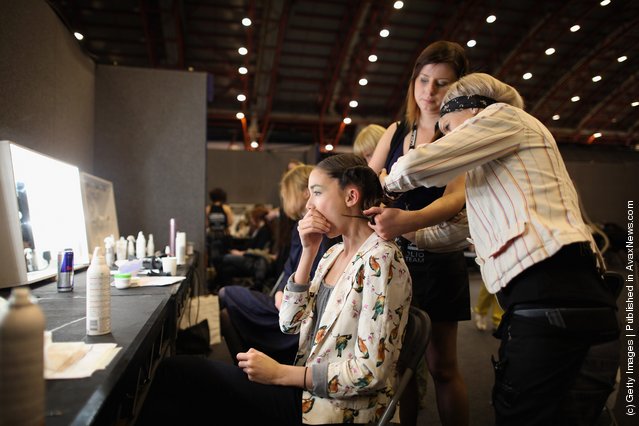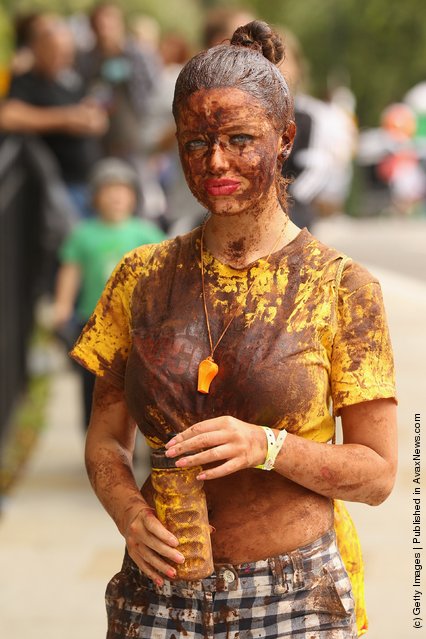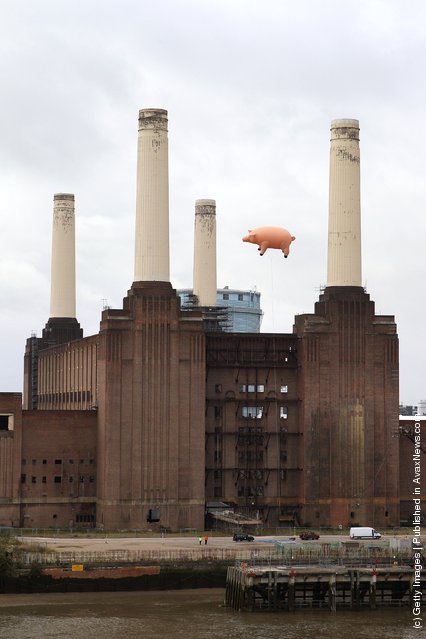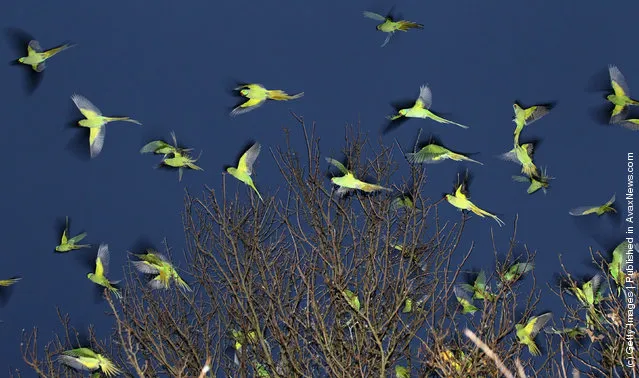
Final preperations are made backstage during Graduate Fashion Week at Earls Court on June 6, 2011 in London, England. The event which began in 1991 showcases emerging talent from BA Graduate fashion design courses across the UK and includes exhibition stands and catwalk shows from around 50 universities. (Photo by Dan Kitwood/Getty Images)
07 Jun 2011 08:58:00,post received
0 comments







